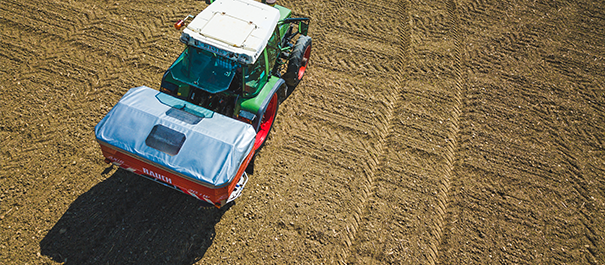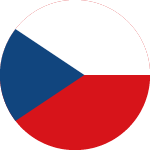The right maize fertilizer is crucial for the yield
Grain maize, like all root crops, has a high nitrogen demand, as well as a high demand for phosphate and potash.
Phosphate is often poorly available for young maize plants, especially under wet and cold conditions, but also under very dry conditions, or when the soil is compacted. In the juvenile phase, the maize root system is still poorly developed. Phosphate deficiency causes anthocyanin enrichment in the leaves and stems, which often shows as red or violet discoloration.
Potassium in maize fertilization controls water uptake and regulates the stomata. In addition, potassium influences assimilation in the grain. The majority of the nutrient remains in the straw and subsequently for the next crop in the field. Maize is not very sensitive to chloride, and potash fertilization is followed by an NP fertilizer, or applied in the form of a NPK fertilizer prior to sowing.
Demand and extraction quantities of grain maize
Zinc (Zn) from the 6-leaf stage, boron (B) promotes fecundation
The table shows the uptake and removal of nutrients per tonne of grain maize yield. Sulphur and magnesium must be present in appropriate amounts, in addition to nitrogen, phosphorus and potassium.
For example, a grain maize yield of 12t/ha takes up 264kg N/ha. Assuming a replenishment of 60kg N/ha from the soil and 40kg N/ha from the leguminous intermediate crop, 160kg N/ha would need to be added in fertilizer. 171kg N/ha would be removed from the field by the harvest.
























